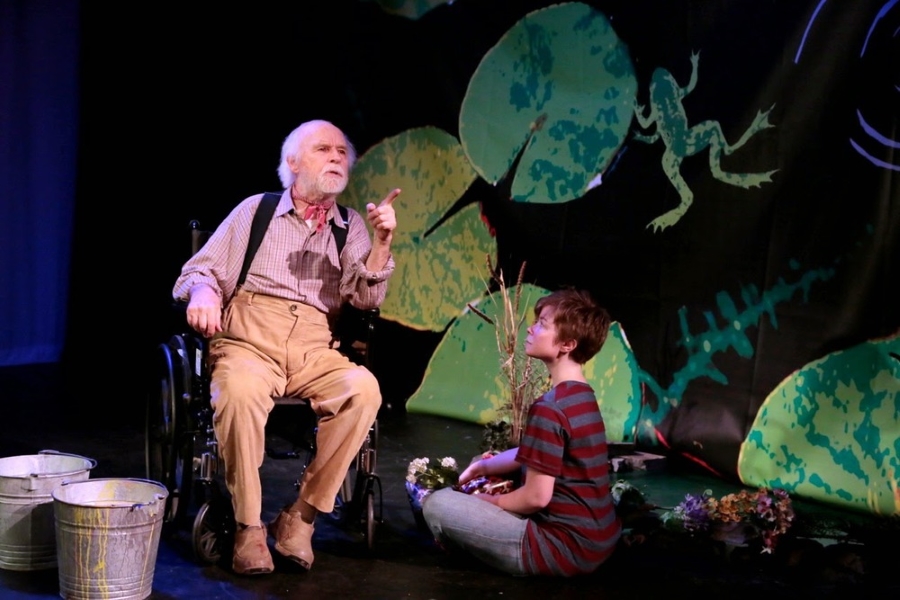In late December, as temperatures hit record highs in the Northeast, and it was snowing in El Paso, Texas, I took a stroll through the park near my home in Upper Manhattan. It was a dreary day, free of snow or ice but with an assortment of puddles that required careful navigation. As I walked, I glimpsed a spot of bright color. When I got closer, I found a glistening red rosebud exuding energy that seemed more indicative of a dewy June morning than the first week of winter. It was an unusual sight. There was no greenery around it other than the partly dried-out leaves from a season before. I looked to see if the trees too were blossoming, and, indeed, I spied the telltale buds of spring.
Clearly, the warm weather was playing tricks on my park’s botanical life. And judging from recent banter among family and friends, it was also dampening that festive chill that helps define the holiday season. Weather can inform the identity and culture of a place and an era, and there are a multitude of associated rituals—some of an innocuous, communal nature, such as sleigh rides and hot chocolate, and others of the more serious kind, such as the preparations made for hurricane season. And often when the weather patterns change, it’s chalked up to chance—a one-time weather event.
But far from anomalous, the weather patterns of late 2015 were part of an ongoing progression—a seemingly far-off threat that was quietly but surely hitting home. While scientists, researchers, artists, government leaders, and concerned citizens have talked about global warming for decades, 2015 was significant both for naming and acting upon it. In September, Pope Francis spoke before the United Nations, proclaiming that the environment has rights that must be respected and protected, and urging government leaders to take action on climate change. Later in the year, the 2015 Paris Climate Conference (COP21) took place. A key goal was to limit the average increase in Earth’s temperature to less than 2 degrees Celsius (35.6 Fahrenheit), a point beyond which rising oceans, floods, drought, food shortages, and climate-related destruction are assured. In December, the landmark climate accord was passed, with 195 countries pledging to lower greenhouse gas emissions. While many scientists were skeptical of the agreement’s efficacy, voicing fears that the net effect won’t come close to what’s needed to achieve the target reduction, the agreement nevertheless represents a massive worldwide commitment to reversing the direction of climate change.
Members of our theatre community have also been at the forefront of addressing this global issue. Because of the varied nature of our form, we are blessed with multiple strengths and platforms from which to work. First, there is theatre as a thing of beauty in and of itself—an art form that is made and shared collectively, and that can be a focal point for reflection and discussion that leads to action. A prime example: Theatre Three Collaborative’s production Extreme Whether, by Karen Malpede, is an American family drama involving a major climate scientist and his twin sister, a publicist for the energy industry. The play was performed in a sold-out run in New York City in 2014. It was part of the ArtCOP21 arts festival this past December, in a collaboration with the Swiss theatre company Cie De Facto. Directed by Malpede and Nathalie Sandoz (the latter also acted), the play was performed in French and English in Paris, where it was enthusiastically received.
The second treasure in theatre’s arsenal is the power of all people within our theatre nation, using the systems of communication and collaboration we’ve built, to tap into our ready-made alliances in order to respond to national and global events. Together, four U.S. artists—Elaine Avila, Caridad Svich (NoPassport), Roberta Levitow (Theatre Without Borders), and Chantal Bilodeau (the Arctic Cycle)—created Climate Change Theatre Action (CCTA), a series of worldwide readings and performances designed to bring awareness of and foster discussion about climate change and the United Nations Convention in Paris. In the manner of global actions such as Tectonic Theater Project’s The Laramie Project: Ten Years Later and the National Jewish Theater Foundation’s Holocaust Remembrance readings coming up in May of this year, these simultaneous readings helped bring focus and awareness to a crucial world issue. CCTA also aligned many of its readings with ArtCOP21, which included 551 arts events in 54 countries over four months before and during the COP21 summit in Paris.
A third capacity that theatremakers are tapping into is the art form’s ability, particularly in educational contexts, to inspire critical thought, creativity, and a deeper understanding of the societies and environments in which we live. When it comes to climate education and the arts, I think of the Bushwick Starr’s Big Green Theater after-school program for fifth graders, developed in collaboration with the eco-theatre collective Superhero Clubhouse. The Brooklyn-based program combines environmental education with playwriting.
Like that singular rose in winter that I spied in the park, theatre is first and foremost a thing of beauty, whether its intent is to inspire personal reflection through a great performance or to inspire action; whether it is in service of making one person’s evening more enjoyable or protecting our vulnerable planet. I look forward to new alliances we are making within the field, as well as those we might establish with partners inside and outside our industry. Who knows? Given the theme of this issue, perhaps we should consider pursuing collective action with our friends in the world of television!


